We had one of the few snowy days this January and I used this opportunity to have a walk around the Palace and Park of Lindstedt.
Here are some information about Lindstedt that were shown on-site:
Lindstedt Place was built between 1858 and 1861 during the reign of King Frederick William IV (1795-1861) using a design by Ferdinand von von Arnim. For decades following the purchase of Lindstedt Estate in 1828, the kind had participated in planning the alterations of the building with over one hundred drawings.
The baroque predecessor of the building was to be transformed into a magnificent villa in the neoclassical style. Ludwig Persius, Ludwig Ferdinand Hesse and Ferdinand von Arnim were commissioned to submit designs. In the end, though, only a minimized version of the project was realised. The garden, approximately two hectares in size, was designed by Peter Joseph Lenné following ideas of ancient Roman villa gardens.
From 1803 to 1828 the estate was owned by the ancestors of Vico von Bülow, known as the popular German artist Loriot.
After the King’s death Lindstedt Estate was part of the inheritance of Elisabthm the queen dowager. The last leaseholder was General on Falkenhayn, whose son-in-law, Henning von Tesckow, was one of the masterminds of the military resistance of July 20, 1944. From 1951 to 1978 the house was used as a teacher training college and between 1983 and 1994 it was occupied by the institute of forensic medicine. In 1987/88 Lindstedt was completely restored.
The building can be visited only in the context of special events. The Garden is accessible to the public.
Hier gibt es ein paar Infos zum Schloss, die ich vor Ort gesehen habe.
Schloss Lindstedt wurde unter König Friedrich Wilhelm IV. (1795-1861) nach Plänen von Ferdinand von von Arnim von 1858 bis 1861 errichtet. Der König beteiligte sich seit dem Ankauf des Gutes Lindstedt 1828 jahrzehntelang mit über 100 Zeichnungen an der Planung zum Umbau des Hauses.
Aus dem barocken Vorwerk sollte eine prächtige antikisierende Villa entstehen. Ludwig Persius, Ludwig Ferdinand Hesse und Ferdinand von Arnim wurden mit der Planung beauftragt. Schließlich wurde nur eine minimale Variante des Projektes realisiert. Der ca. 2 ha große Garten wurde von Peter Joseph Lenné im Stil antiker Villengärten gestaltet.
Von 1803 bis 1828 war das Gut im Besitz von Vorfahren des Vico von Bülow, bekannt als Loriot. Nach dem Tod des Königs gehört das Schluss zum Erbteil der Königinwitwe. Henning von Tresckow, war einer der führenden Köpfe des militärischen Widersandes vom 20. Juli 1944. Von 1951 bis 1978 diente das Schloss der Pädagogischen Hochschule als Lehrstätte. 1983 bis 1994 wurde es vom Institut der Gerichtsmedizin genutzt und 1987/88 umfassend restauriert.
Das Haus kann nur im Rahmen von Veranstaltungen begangen werden. Der Schlossgarten ist zugänglich.
[Information from Stiftung Preußische Schlösser und Gärten Berlin-Brandenburg]
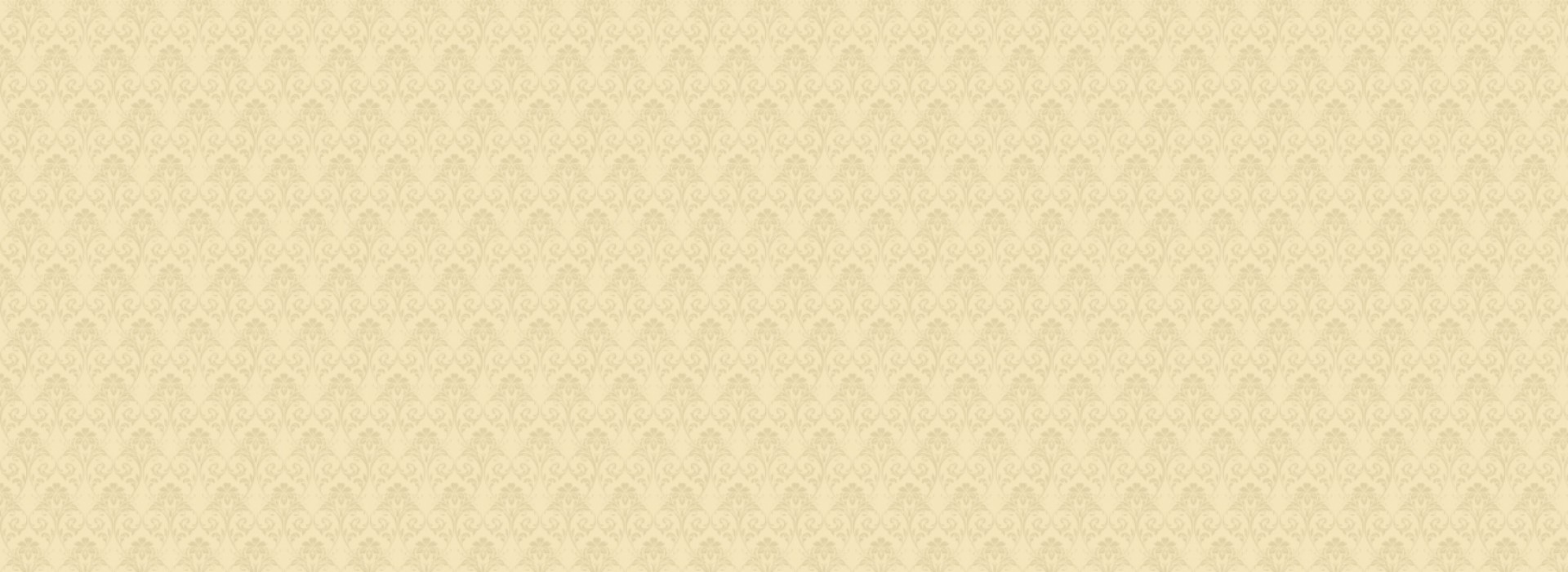
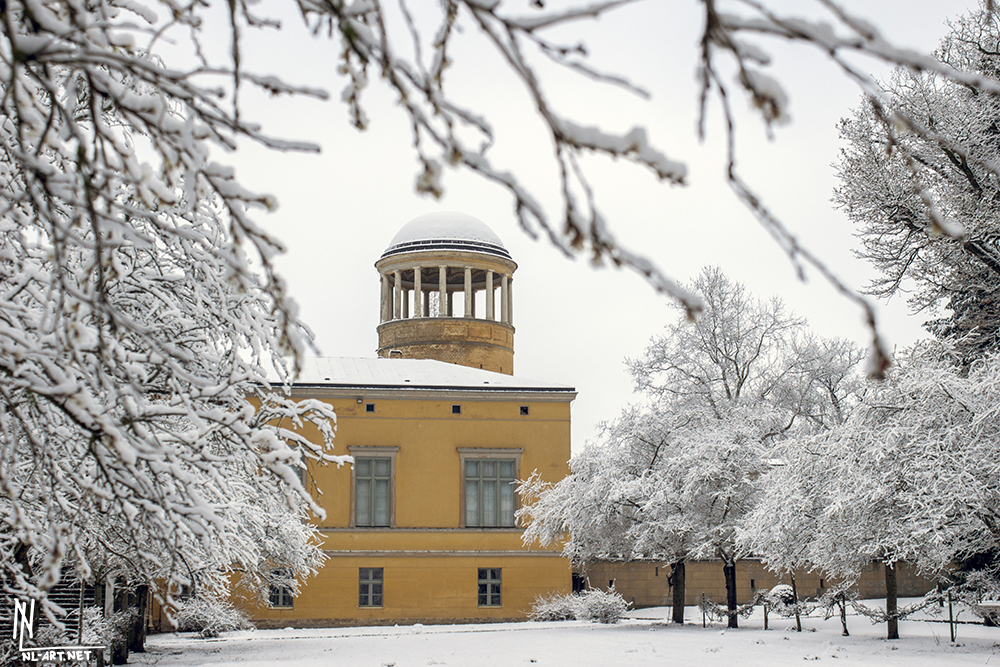


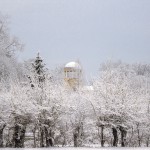
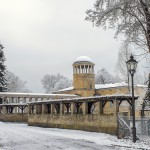
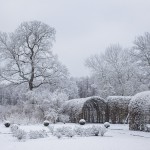

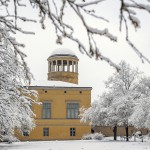

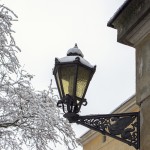
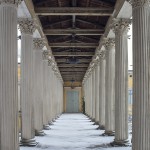
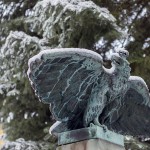



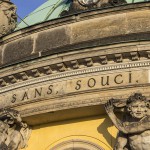
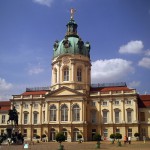
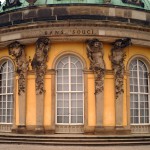
So viel schnee, bei den schönen Fotos ist es ja schade, dass es heute chon wieder grün draußen ist.
Oh ja, echt schade. Aber der Winter ist vielleicht noch nicht vorebi 😀